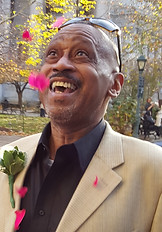

IN MEMORY OF
WHAT IS A LEGEND?
The word “legend” is used to refer to a person with an inspiring story and achievement. They are usually created with the help of the media and are usually people who excel in sports, business, and entertainment (singers and actors). The word “legend” comes from the Old French word “legende” which in turn comes from the Latin word “legenda” which means “story” or “things to be read.” Its first use in the English language was during the 15th century. This page is dedicated to those early club spinners, or club djs. that have attained status of LEGEND in their own right, in their own unique way, many associated with controversy which in its own light has assisted in further verifying legendary status-and always having a share of followers and disbelievers ponder their uniqueness and greatness.It is because of the ongoing attention that ,over time and much debate, have assisted these benchmark personalities to attain the status of LEGEND.













Jimmy Stuard







.jpg)


















DISCLAIMER
The "Legends of vinyl™" ( L.O.V. ) and DJ Hall of Fame names are trademarked entities. All rights reserved. Unauthorized use of the names, entity, or any part thereof is considered a violation under applicable law and subject to severe diligently pursued fines and/or penalties under Governing Court of Law except for advance mutually agreed upon written permission. Simply stated, it is highly advisable to not use the Legends of vinyl ( L.O.V. ) name, or any part thereof without advance written permission.
The Administration